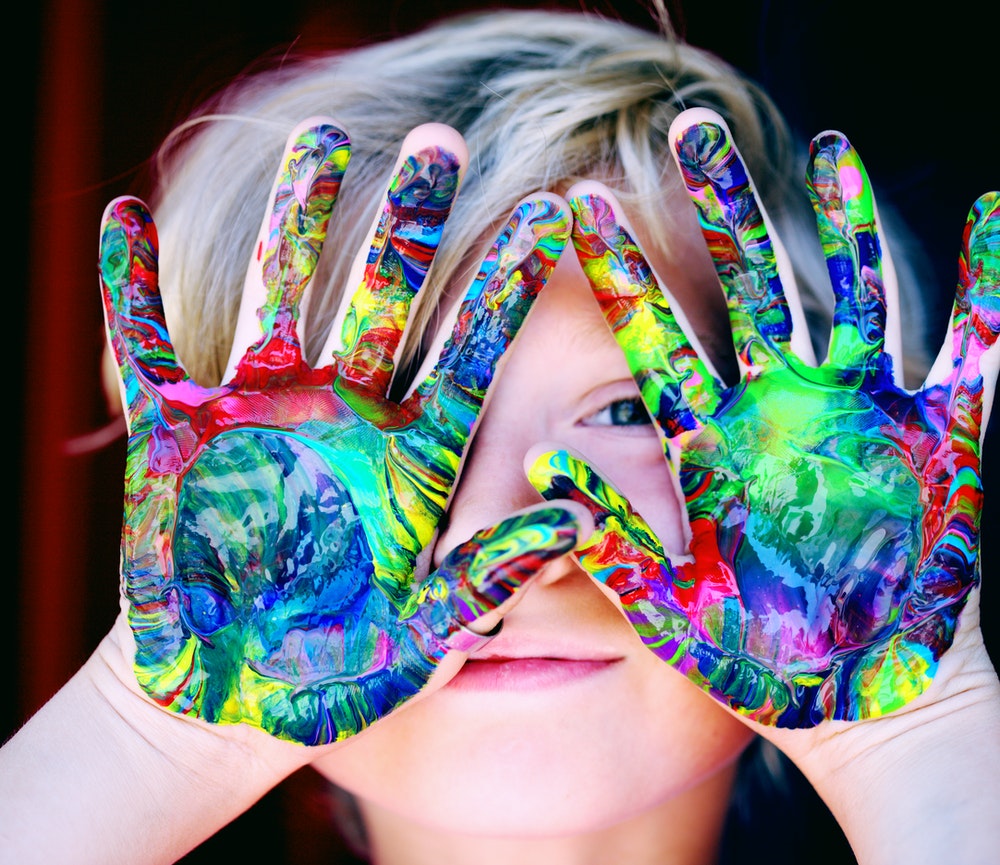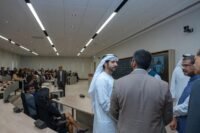If Amazon can customize your shopping experience based on your individual shopping history and preferences, why can’t education be personalized to each child’s unique characteristics as well?
Unlocking the left brain by unleashing the right
This is the thinking behind the emerging trend of customized education that unlocks the potential of both the right brain (creative) and the left brain (analytical) to more effectively bring the school curriculum to a wider range of children.
The focus on STEM (Science, Technology, Engineering, Math) education is considered invaluable in our increasingly technological society. But arts have much to contribute to effective comprehension of the basics of STEM subjects. In addition to enhanced learning, comprehension and retention of information, arts can make learning more fun, and also contribute to the child’s self-image, physical well-being while offering a valuable destressing aspect as well. In short, unlocking both halves of the brain can help build a happier, well-balanced, many-layered child.
Traditional methods of teaching can put pressure on those children who see themselves as imaginative and artistic and feel unable to comprehend the abstract or analytical subjects that several of their classmates are so comfortable with. Often they feel slow, not clever and unable to handle the demands of the school system. This self-image limits their potential.
It turns out it all depends how the way in which they learn subjects such as mathematics. For instance, visual learners may find it easier (and more fun) to absorb mathematical concepts with the help of a color coded number table that gives a physical clue to prime numbers and numerical tables.
Activating both right brain and left brain to help children learn subjects as abstract as math may be simpler than it seems, given that maths has much in common with the basics of almost all artistic forms such as music and sculpture.
Music: With the strong connection between music and math, musical beats, rhythms, timing and sequences can be used in teaching mathematical concepts such as prime numbers and tables. In addition, intonations, chants and popular tunes can help to memorize information.
Drawing and sculpture: Contextual learning through art that links to geometrical concepts like angles and shapes and degrees, will immediately resonate with visual learners.
Dance: Geometry can also be displayed in dance that demonstrates different angles, axis and rotation. Moreover, this involves physical exercise that energizes, enthuses and exercises children.
Stories: Creating stories that explain a concept can help imaginative learners. For instance, a popular crime fiction novel involves the use of a crystal bottle containing poisonous gas that was shattered when a high note C was sung on the radio. Students could write their own scripts to demonstrate a concept.
The creative contexts gives the students increased purpose and relevance to their work. For the creative educator, the opportunities exist, the scope is huge but the novel system will need to emerge from its infancy.
The Kennedy Centre of Arts Integration in Education explains the concept: “An approach to teaching in which students construct and demonstrate understanding through an art form. Students engage in a creative process which connects an art form and another subject area and meets evolving objectives in both.” Arts integration is just one step in the customization of education, as technology and online learning move to create increasingly personalized education for individual children. In the final analysis, a well-honed play between creativity and technological prowess is the key to all development.








